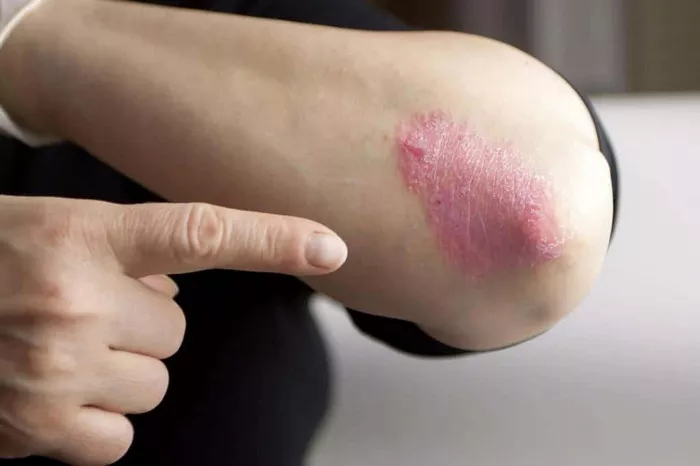Psoriatic arthritis (PsA) represents a complex autoimmune condition that combines the joint inflammation characteristic of arthritis with the skin lesions of psoriasis. It affects approximately 30% of individuals diagnosed with psoriasis, leading to varying degrees of joint pain, stiffness, and swelling, often resulting in reduced quality of life and functional impairment. While treatment approaches for PsA have evolved significantly over recent years, infusion therapies have emerged as crucial options for managing moderate to severe cases. This article explores the current landscape of infusion therapies, their mechanisms of action, efficacy profiles, and considerations for choosing the best treatment regimen for patients with PsA.
Understanding Psoriatic Arthritis and its Treatment Challenges
Psoriatic arthritis is a chronic condition with heterogeneous clinical manifestations, ranging from mild joint involvement to severe, progressive arthritis that can lead to irreversible joint damage. The goals of treatment in PsA include reducing symptoms, preventing structural damage, preserving joint function, and improving overall quality of life. However, achieving these goals can be challenging due to the variable disease course and individual patient responses to treatment.
Role of Infusion Therapies in Psoriatic Arthritis Management
Infusion therapies, administered intravenously or subcutaneously, have revolutionized the management of moderate to severe PsA by targeting specific components of the immune system involved in disease pathogenesis. These therapies typically target pro-inflammatory cytokines such as tumor necrosis factor-alpha (TNF-alpha), interleukin-17 (IL-17), and interleukin-23 (IL-23), which are known to play pivotal roles in the inflammatory processes underlying both psoriasis and PsA.
Infusion Therapies: Mechanisms of Action and Efficacy Profiles
TNF-alpha Inhibitors:
TNF-alpha inhibitors were among the first biologic therapies approved for PsA. They work by neutralizing TNF-alpha, a cytokine involved in promoting inflammation and joint damage. Drugs like infliximab, adalimumab, and certolizumab pegol have demonstrated significant efficacy in improving symptoms, reducing disease activity, and preventing radiographic progression in clinical trials.
IL-17 Inhibitors:
IL-17 inhibitors such as secukinumab and ixekizumab target the IL-17 cytokine pathway, which is implicated in the pathogenesis of PsA. These therapies have shown rapid and sustained improvements in joint symptoms, skin manifestations, and quality of life measures in patients resistant to conventional therapies or intolerant to TNF-alpha inhibitors.
IL-12/23 Inhibitors:
Ustekinumab, an IL-12/23 inhibitor, works by blocking the shared p40 subunit of IL-12 and IL-23 cytokines. It has demonstrated efficacy in both psoriasis and PsA, providing relief from symptoms and inhibiting structural damage progression over the long term.
SEE ALSO: Can I Marry a Person with Psoriasis?
Considerations for Choosing the Best Infusion Therapy
Selecting the most suitable infusion therapy for an individual with PsA requires careful consideration of several factors:
1. Disease Severity: The extent of joint involvement, skin manifestations, and systemic inflammation guides the choice between conventional synthetic DMARDs (csDMARDs) and biologic therapies.
2. Previous Treatment Response: Patients who have failed or have inadequate responses to csDMARDs may benefit from biologic therapies targeting different cytokine pathways.
3. Comorbidities and Safety Profiles: Patient-specific factors such as comorbidities (e.g., cardiovascular disease, infections) and safety profiles (e.g., risk of malignancy, tuberculosis screening) influence treatment decisions and monitoring requirements.
4. Patient Preferences and Lifestyle: Consideration of patient preferences regarding route of administration (intravenous vs. subcutaneous), frequency of dosing, and impact on daily activities can enhance treatment adherence and overall satisfaction.
Monitoring and Managing Treatment Response
Regular monitoring of disease activity, joint damage progression, and treatment-related adverse events is essential in optimizing outcomes for patients receiving infusion therapies. Clinical assessments, imaging studies (e.g., X-rays, MRI), and patient-reported outcomes (e.g., pain scores, functional status) help gauge treatment efficacy and guide adjustments in therapy when necessary.
Future Directions and Emerging Therapies
The landscape of PsA treatment continues to evolve with ongoing research into novel therapeutic targets and treatment strategies. Emerging therapies such as Janus kinase (JAK) inhibitors and selective cytokine inhibitors offer potential alternatives for patients refractory to current biologic therapies or those seeking oral treatment options.
Conclusion
In conclusion, infusion therapies have revolutionized the management of PsA by providing effective relief from symptoms, preventing structural damage, and improving quality of life for patients. Personalized treatment approaches tailored to individual disease characteristics, treatment histories, and patient preferences are crucial in achieving optimal outcomes. Continued research and innovation in the field of immunology promise to expand treatment options and further improve the lives of individuals living with psoriatic arthritis.
By staying informed about the latest advancements and understanding the nuances of infusion therapies, healthcare providers can empower patients with PsA to make well-informed decisions about their treatment journey. Through collaborative efforts between clinicians, researchers, and patients, the future holds promise for better outcomes and enhanced quality of life in the management of psoriatic arthritis.
Related Topics:

























